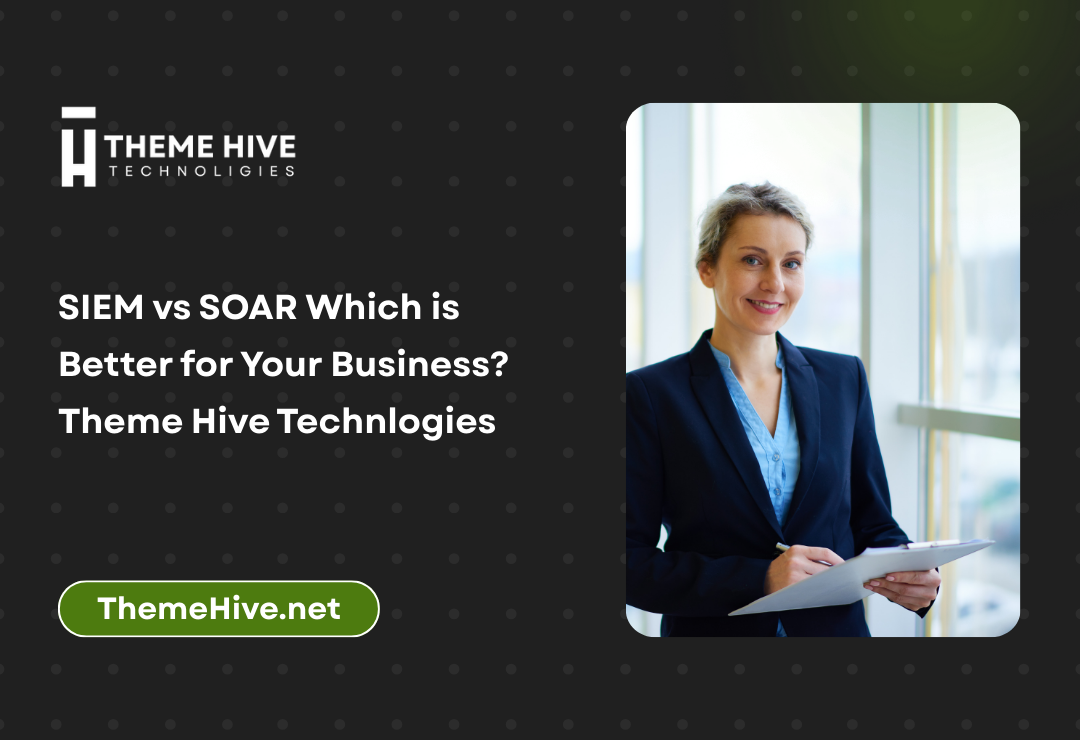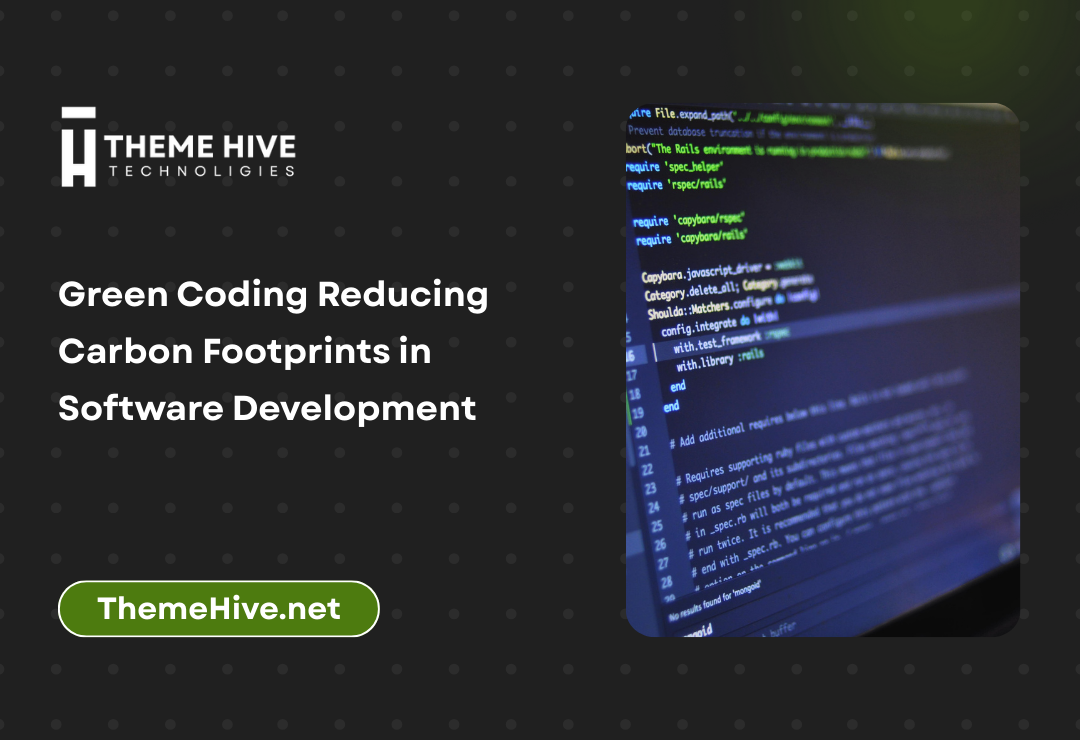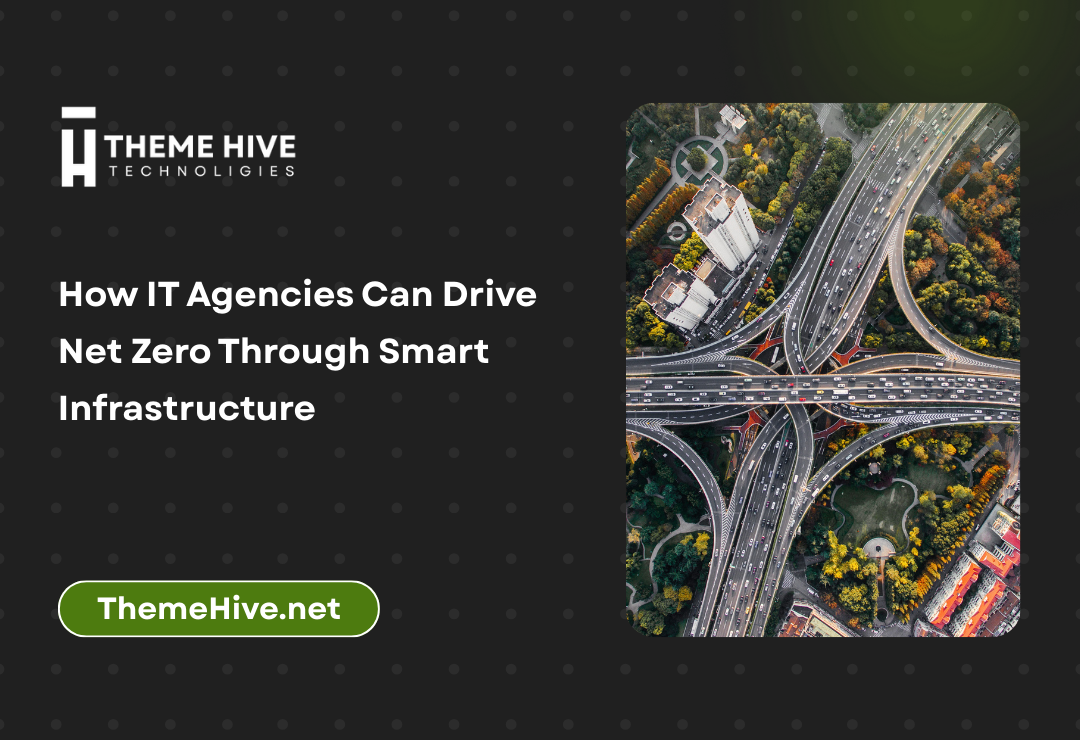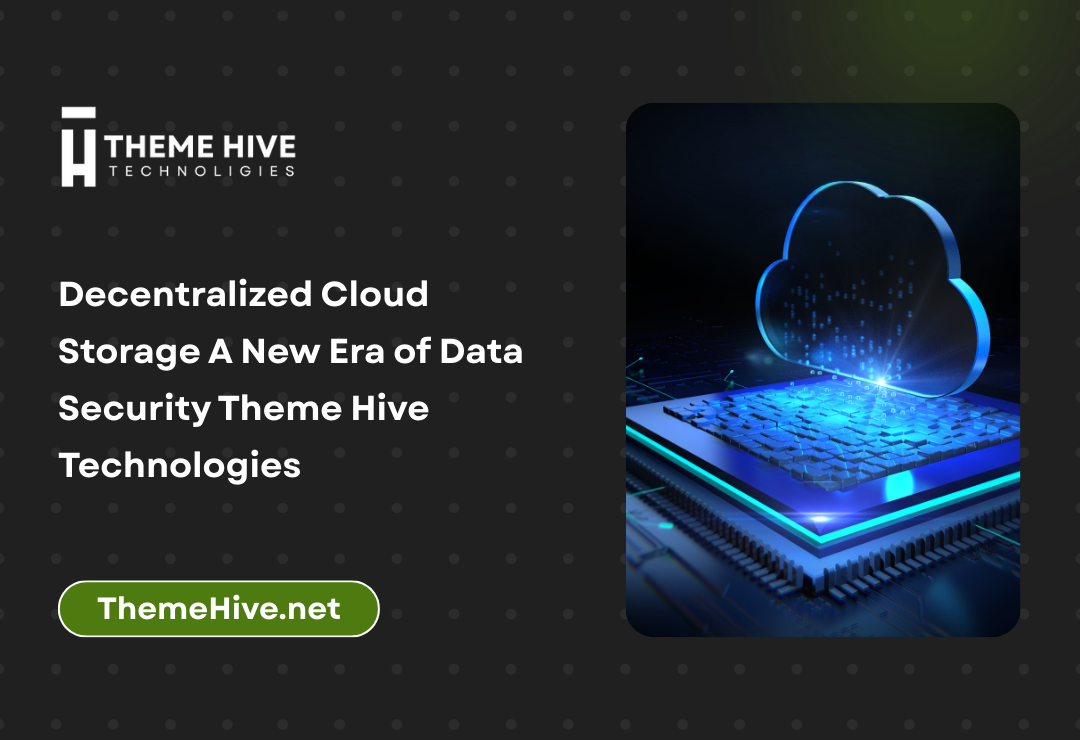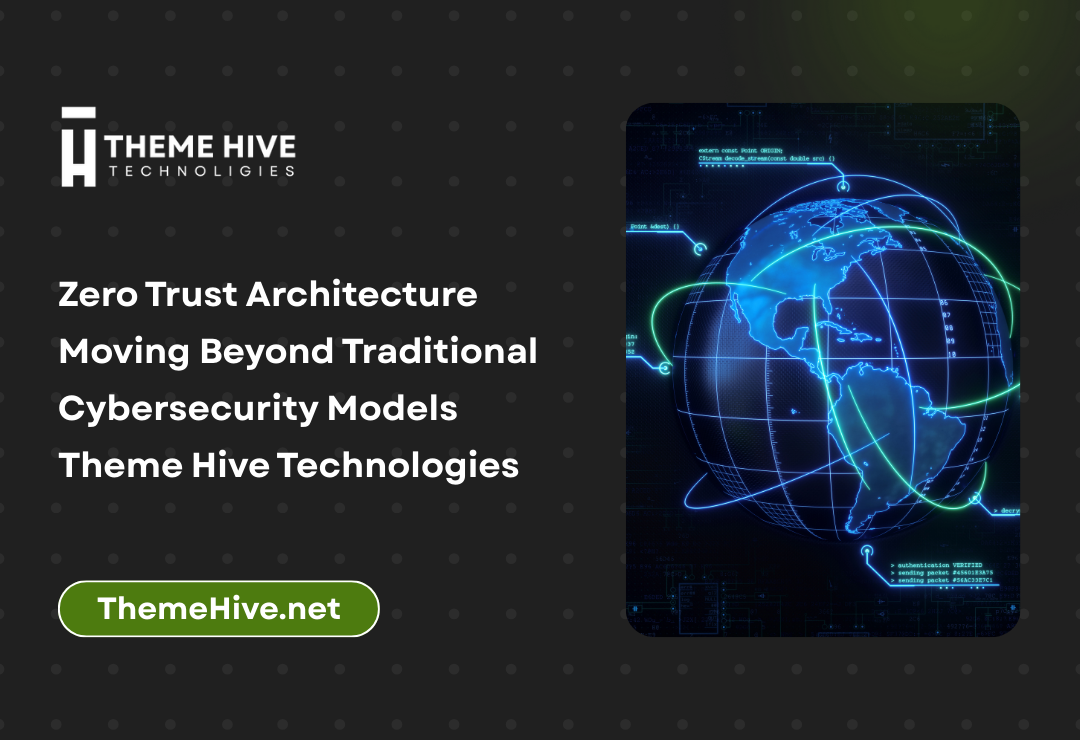In today’s rapidly evolving cybersecurity landscape, organizations face increasingly sophisticated threats that require advanced security technologies to detect, analyze, and respond effectively. Two critical security solutions that frequently appear in enterprise security discussions are Security Information and Event Management (SIEM) and Security Orchestration, Automation, and Response (SOAR) platforms. Understanding the differences, capabilities, and optimal use cases for each technology is essential for making informed security investment decisions that align with organizational needs and threat environments.
The question of SIEM vs SOAR isn’t necessarily about choosing one over the other, but rather understanding how each technology addresses different aspects of cybersecurity operations and determining the right combination for your specific business requirements. Both technologies play crucial roles in modern security operations centers (SOCs), but they serve distinct purposes and offer complementary capabilities that, when properly implemented, create comprehensive security postures.
Theme Hive Technologies specializes in helping organizations navigate complex cybersecurity technology decisions, providing expert guidance on SIEM and SOAR implementations that align with business objectives while maximizing security effectiveness and operational efficiency.
Understanding SIEM Technology
Core SIEM Functionality and Capabilities
Security Information and Event Management (SIEM) platforms serve as centralized security monitoring and analysis systems that collect, aggregate, and analyze security event data from across enterprise IT environments. SIEM solutions provide real-time security event monitoring, log management, incident detection, and compliance reporting capabilities that form the foundation of most enterprise security operations.
Modern SIEM platforms integrate data from numerous sources including network devices, servers, applications, security tools, and cloud services to create comprehensive visibility into organizational security postures. Advanced correlation engines analyze this data to identify patterns, detect anomalies, and generate alerts for potential security incidents that require investigation.
The core value proposition of SIEM technology lies in its ability to provide centralized security visibility, historical data analysis, and compliance reporting capabilities that enable security teams to detect threats, investigate incidents, and demonstrate regulatory compliance across complex IT environments.
SIEM Architecture and Data Processing
SIEM platforms typically employ distributed architectures that include data collection agents, central management servers, correlation engines, and user interfaces that work together to process massive volumes of security data efficiently. Data collection agents deployed throughout the IT environment gather log data and security events from various sources and forward them to centralized processing systems.
Correlation engines represent the analytical heart of SIEM platforms, using rules-based logic, statistical analysis, and increasingly sophisticated machine learning algorithms to identify patterns that indicate potential security incidents. These engines can process thousands of events per second while maintaining the performance needed for real-time threat detection.
Storage and retention capabilities enable SIEM platforms to maintain historical security data for extended periods, supporting forensic investigations, trend analysis, and compliance requirements that mandate long-term data retention for audit purposes.
Traditional SIEM Strengths and Applications
SIEM technology excels in environments that require comprehensive log management, regulatory compliance reporting, and centralized security monitoring across diverse IT infrastructures. Organizations in highly regulated industries like healthcare, finance, and government often rely heavily on SIEM platforms to meet compliance requirements while maintaining security visibility.
The technology’s strength in historical data analysis and forensic investigation makes it valuable for post-incident analysis, trend identification, and compliance auditing. SIEM platforms can generate detailed reports that demonstrate security posture and compliance status to auditors, regulators, and executive leadership.
According to Gartner research, traditional SIEM deployments remain critical components in 85% of enterprise security operations, despite the emergence of newer security technologies that address some of SIEM’s traditional limitations.
Understanding SOAR Technology
Core SOAR Functionality and Capabilities
Security Orchestration, Automation, and Response (SOAR) platforms focus on streamlining and automating security incident response processes through workflow orchestration, security tool integration, and automated response capabilities. SOAR solutions address the operational challenges that security teams face in managing increasing volumes of security alerts while maintaining consistent, effective incident response procedures.
Unlike SIEM platforms that primarily focus on data collection and analysis, SOAR platforms emphasize action and response automation. They integrate with existing security tools to create automated workflows that can respond to security incidents without human intervention, while also providing case management capabilities for incidents that require human analysis.
The core value proposition of SOAR technology lies in its ability to reduce response times, standardize incident handling procedures, and maximize the effectiveness of security teams by automating routine tasks while providing structured workflows for complex investigations.
SOAR Architecture and Integration Capabilities
SOAR platforms are built around integration and automation capabilities that connect disparate security tools through APIs, web services, and custom connectors. This integration enables SOAR platforms to orchestrate complex security workflows that span multiple tools and systems while maintaining centralized visibility and control.
Workflow engines provide the automation capabilities that distinguish SOAR platforms from other security technologies. These engines can execute predetermined response actions based on specific triggers, conditions, and decision trees that encode security team expertise into automated processes.
Case management functionality provides structured environments for managing security incidents that require human intervention, ensuring that investigations follow consistent procedures while maintaining comprehensive documentation for audit and improvement purposes.
SOAR Strengths and Applications
SOAR technology excels in environments with mature security operations that generate high volumes of security alerts requiring rapid, consistent response procedures. Organizations with established security teams and well-defined incident response processes can leverage SOAR platforms to scale their operations without proportional increases in staffing.
The technology’s strength in automation and orchestration makes it particularly valuable for organizations that have invested in multiple security tools but struggle with integration challenges and manual processes that limit operational efficiency.
TheneHive Technologies has observed that organizations implementing SOAR solutions typically see 60-80% reductions in mean time to response (MTTR) for common security incidents while improving consistency in incident handling procedures.
Detailed SIEM vs SOAR Comparison
Data Processing and Analysis Capabilities
SIEM platforms excel in data ingestion, storage, and analysis capabilities that enable comprehensive security monitoring across enterprise environments. They can process terabytes of security data daily while providing both real-time analysis and historical trend identification. SIEM correlation engines are sophisticated analytical tools that can identify complex attack patterns spanning multiple systems and time periods.
SOAR platforms, conversely, focus on processing security alerts and incident data rather than raw log data. While SOAR platforms can collect and analyze incident-related information, their primary strength lies in acting on security information rather than generating it from raw data sources.
The analytical capabilities differ significantly between the two technologies. SIEM platforms provide deep analytical capabilities for identifying unknown threats and complex attack patterns, while SOAR platforms excel in rapid analysis and response to known threat patterns and security alerts.
Automation and Response Capabilities
SOAR platforms provide comprehensive automation capabilities that can execute complex response workflows involving multiple security tools and systems. These automation capabilities extend from simple alert enrichment to complex incident response procedures that can contain threats, gather additional information, and notify appropriate personnel automatically.
SIEM platforms traditionally offered limited automation capabilities, primarily focused on alert generation and basic response actions. However, modern SIEM platforms increasingly incorporate automation features that blur the lines between SIEM and SOAR capabilities, though they typically lack the sophisticated workflow orchestration that defines SOAR platforms.
The scope of automation differs significantly between the technologies. SOAR platforms can automate end-to-end incident response processes, while SIEM automation typically focuses on data processing, correlation, and alert generation rather than comprehensive response workflows.
Integration and Ecosystem Connectivity
Both SIEM and SOAR platforms require extensive integration capabilities, but they approach integration differently based on their distinct purposes. SIEM platforms focus on ingesting data from diverse sources including network devices, servers, applications, and security tools to create comprehensive visibility into security events.
SOAR platforms emphasize bidirectional integration with security tools to enable both data collection and automated response actions. SOAR integrations must support not only data retrieval but also command and control capabilities that enable automated response execution across multiple systems.
The integration complexity varies between the technologies. SIEM integrations primarily involve configuring data sources and parsing formats, while SOAR integrations require understanding tool APIs, authentication mechanisms, and response capabilities to enable effective automation.
Scalability and Performance Considerations
SIEM platforms must handle massive data volumes that can reach terabytes daily in large enterprise environments. Scalability challenges include data ingestion rates, storage requirements, query performance, and correlation engine processing capacity. Modern SIEM architectures address these challenges through distributed processing, cloud deployment options, and optimized data management strategies.
SOAR platforms face different scalability challenges related to workflow execution, integration management, and case handling rather than raw data processing. SOAR scalability primarily concerns the number of concurrent automated workflows, integration complexity, and case management capacity rather than data volume processing.
Performance requirements differ significantly between the technologies. SIEM platforms must maintain real-time processing capabilities while handling high data volumes, while SOAR platforms must ensure rapid workflow execution and reliable integration performance across multiple connected systems.
Business Impact and ROI Analysis
Operational Efficiency Improvements
SIEM platforms improve operational efficiency primarily through centralized security monitoring, automated alert generation, and comprehensive reporting capabilities that reduce the time security teams spend gathering and analyzing security data from multiple sources. Organizations typically see 40-60% improvements in security event visibility and investigation efficiency following SIEM implementation.
SOAR platforms deliver operational efficiency through automation of routine security tasks, standardization of incident response procedures, and reduction in manual coordination required for complex security workflows. Organizations implementing SOAR solutions typically achieve 50-70% reductions in manual effort for common incident response activities.
The efficiency improvements complement each other when both technologies are implemented together. SIEM platforms provide the detection and analysis capabilities that generate alerts and security intelligence, while SOAR platforms automate the response activities that address identified threats.
Cost Considerations and Total Cost of Ownership
SIEM implementations involve significant upfront costs for licensing, hardware infrastructure, professional services, and ongoing maintenance. Annual costs can range from hundreds of thousands to millions of dollars for enterprise implementations, depending on data volume, retention requirements, and deployment complexity.
SOAR implementations typically require lower initial infrastructure investments but involve significant professional services costs for workflow development, integration configuration, and process automation design. The total cost of ownership includes ongoing maintenance of automated workflows and integration updates as security tools evolve.
According to Ponemon Institute research, organizations implementing comprehensive SIEM solutions see average ROI of 15-25% annually through improved incident response efficiency, reduced compliance costs, and decreased security breach impact.
Security Effectiveness and Risk Reduction
SIEM platforms improve security effectiveness primarily through enhanced threat detection capabilities, comprehensive security visibility, and improved incident investigation processes. Organizations with mature SIEM implementations typically identify security incidents 3-5 times faster than those relying on manual monitoring processes.
SOAR platforms enhance security effectiveness through consistent incident response procedures, reduced response times, and automated threat containment capabilities. Organizations implementing SOAR solutions typically see 60-80% improvements in mean time to containment for security incidents.
The security effectiveness of both technologies increases significantly when implemented together. SIEM provides the detection and analysis capabilities needed to identify threats, while SOAR ensures rapid, consistent response that minimizes threat impact and reduces recovery time.
Industry-Specific Considerations
Financial Services and Banking
Financial services organizations face stringent regulatory requirements, sophisticated threat actors, and high-value targets that demand comprehensive security monitoring and rapid incident response capabilities. These organizations typically benefit from both SIEM and SOAR implementations that address their complex compliance and security requirements.
SIEM platforms provide the comprehensive logging, monitoring, and reporting capabilities required for regulatory compliance while detecting the advanced persistent threats that target financial institutions. SOAR platforms enable rapid response to detected threats while maintaining the documentation and audit trails required for regulatory reporting.
ThemeHive Technologies has extensive experience helping financial services organizations implement integrated SIEM and SOAR solutions that address both security effectiveness and regulatory compliance requirements.
Healthcare and Medical Organizations
Healthcare organizations must balance security requirements with operational efficiency and patient care continuity. Medical environments often involve legacy systems, diverse device ecosystems, and strict uptime requirements that influence security technology selection and implementation approaches.
SIEM platforms help healthcare organizations maintain visibility into complex medical device networks while meeting HIPAA compliance requirements for security monitoring and incident detection. SOAR platforms can automate incident response procedures that minimize disruption to patient care operations while ensuring appropriate security measures.
The integration challenges in healthcare environments often favor SOAR platforms that can work with diverse, sometimes proprietary medical systems while maintaining the automation capabilities needed for efficient security operations.
Government and Public Sector
Government organizations face sophisticated nation-state threat actors, strict security requirements, and complex compliance mandates that demand comprehensive security monitoring and response capabilities. These organizations typically implement both SIEM and SOAR technologies to address their multifaceted security challenges.
SIEM platforms provide the comprehensive monitoring and analysis capabilities required for detecting advanced persistent threats while meeting compliance requirements for security event logging and analysis. SOAR platforms enable rapid, coordinated response to detected threats while maintaining the documentation required for security clearance and audit requirements.
The security clearance and data sensitivity requirements in government environments often influence technology selection, favoring solutions with appropriate security certifications and deployment flexibility.
Implementation Strategies and Best Practices
SIEM Implementation Methodology
Successful SIEM implementations require comprehensive planning that includes data source identification, use case development, correlation rule design, and integration planning. The implementation process typically spans 6-12 months for enterprise deployments and requires significant coordination between security, IT operations, and business stakeholders.
Critical success factors include executive sponsorship, dedicated project resources, comprehensive training programs, and phased deployment approaches that enable organizations to realize value incrementally while building expertise and refining processes.
The most successful SIEM implementations focus on specific use cases and business objectives rather than attempting to implement all capabilities simultaneously. This approach enables organizations to demonstrate value early while building the expertise needed for advanced functionality.
SOAR Implementation Methodology
SOAR implementations require extensive process analysis, workflow design, and integration planning that typically involves security operations, IT teams, and business process stakeholders. The implementation process focuses on identifying automation opportunities, designing efficient workflows, and integrating disparate security tools.
Success factors include well-defined incident response processes, mature security operations capabilities, and commitment to ongoing workflow optimization. Organizations attempting SOAR implementation without established security processes often struggle to realize expected benefits.
The most effective SOAR implementations begin with manual process standardization before introducing automation. This approach ensures that automated workflows reflect optimal procedures rather than automating inefficient manual processes.
Hybrid and Integrated Approaches
Many organizations achieve optimal results through integrated SIEM and SOAR implementations that leverage the complementary capabilities of both technologies. These integrated approaches require careful planning to ensure proper data flow, avoid capability overlap, and maximize the benefits of both platforms.
Integration strategies should consider data sources, workflow triggers, escalation procedures, and reporting requirements to ensure seamless operation between platforms. The goal is creating comprehensive security operations capabilities that provide both detection and response excellence.
NIST Cybersecurity Framework guidelines recommend integrated approaches that combine identification, protection, detection, response, and recovery capabilities through coordinated technology implementations.
Future Trends and Technology Evolution
Convergence and Platform Integration
The security technology market increasingly shows convergence between SIEM and SOAR capabilities as vendors expand their platforms to address broader security operations requirements. Modern SIEM platforms incorporate automation and orchestration features, while SOAR platforms add analytical and correlation capabilities.
This convergence creates opportunities for organizations to simplify their security technology stacks while potentially reducing integration complexity and operational overhead. However, organizations must carefully evaluate whether converged platforms provide sufficient depth in both analytical and automation capabilities.
The trend toward platform consolidation continues as organizations seek to reduce vendor complexity while maintaining comprehensive security capabilities across detection, analysis, and response functions.
Cloud-Native and SaaS Deployment Models
Cloud-native SIEM and SOAR platforms increasingly offer deployment flexibility, scalability advantages, and reduced infrastructure requirements compared to traditional on-premises implementations. These platforms can provide enterprise-grade capabilities with lower upfront costs and faster implementation timelines.
SaaS deployment models enable organizations to focus on security operations rather than infrastructure management while providing access to advanced capabilities that might be prohibitively expensive to implement internally. However, organizations must consider data sovereignty, integration requirements, and customization needs when evaluating cloud-based solutions.
The evolution toward cloud-native platforms continues as organizations seek to reduce infrastructure complexity while maintaining advanced security capabilities.
Artificial Intelligence and Machine Learning Integration
Both SIEM and SOAR platforms increasingly incorporate artificial intelligence and machine learning capabilities that enhance their analytical and automation capabilities. AI-enhanced SIEM platforms provide improved threat detection accuracy and reduced false positive rates, while AI-powered SOAR platforms offer intelligent automation and decision-making capabilities.
Machine learning algorithms can improve threat detection by identifying subtle patterns that traditional rule-based systems might miss, while also enabling more sophisticated automation workflows that adapt based on changing threat landscapes and organizational patterns.
According to SANS Institute research, organizations implementing AI-enhanced security platforms see 30-50% improvements in threat detection accuracy while reducing analyst workload through intelligent automation and prioritization.
Decision Framework and Selection Criteria
Organizational Maturity Assessment
Organizations should assess their security operations maturity before selecting between SIEM and SOAR technologies. Organizations with limited security operations capabilities may benefit more from SIEM implementations that provide foundational monitoring and analysis capabilities before advancing to SOAR automation.
Mature security operations with established processes and skilled analysts are better positioned to leverage SOAR automation capabilities that scale their existing operations rather than replacing fundamental security monitoring capabilities.
The assessment should consider current security tool investments, staffing capabilities, process maturity, and integration requirements that influence technology selection and implementation approaches.
Business Requirements and Use Cases
Business requirements should drive technology selection based on specific security challenges, compliance requirements, and operational objectives. Organizations primarily concerned with compliance and monitoring may find SIEM platforms sufficient, while those facing high alert volumes and response challenges may benefit more from SOAR automation.
Use case analysis should consider threat landscape, regulatory requirements, existing security investments, and operational constraints that influence technology effectiveness and implementation feasibility.
The most successful implementations align technology capabilities with specific business challenges rather than attempting to implement technologies based on industry trends or vendor recommendations alone.
Resource and Budget Considerations
Implementation costs, ongoing operational requirements, and staffing considerations significantly influence technology selection decisions. SIEM implementations typically require significant infrastructure investments and specialized skills, while SOAR implementations demand process expertise and workflow development capabilities.
Organizations should consider total cost of ownership including licensing, infrastructure, professional services, training, and ongoing maintenance when evaluating technology options. The decision should balance technology capabilities with resource constraints and expected returns on investment.
Budget considerations should include both initial implementation costs and ongoing operational expenses that ensure successful long-term technology utilization and value realization.
Conclusion
The choice between SIEM and SOAR technologies depends largely on organizational security maturity, specific business requirements, and available resources rather than inherent superiority of one technology over another. Both platforms address critical cybersecurity challenges and provide significant value when properly implemented and aligned with organizational needs.
SIEM platforms excel in providing comprehensive security monitoring, analysis, and compliance capabilities that form the foundation of enterprise security operations. Organizations requiring extensive logging, regulatory compliance, and threat detection capabilities will find SIEM technology essential for their security posture.
SOAR platforms provide automation and orchestration capabilities that scale security operations and improve incident response consistency. Organizations with mature security operations and high alert volumes will benefit significantly from SOAR automation that maximizes analyst efficiency and reduces response times.
The most effective approach for many organizations involves integrated implementations that leverage both SIEM detection capabilities and SOAR automation to create comprehensive security operations that address the full spectrum of cybersecurity challenges.
Success with either technology requires commitment to proper implementation, ongoing optimization, and alignment with broader cybersecurity strategies. Organizations should focus on addressing specific business challenges rather than implementing technology for its own sake.
Ready to determine the optimal security technology strategy for your organization’s specific requirements? Contact Theme Hive Technologies to discuss how our cybersecurity expertise can help you evaluate SIEM vs SOAR options and implement solutions that align with your business objectives while maximizing security effectiveness and operational efficiency.
For additional insights on cybersecurity technology trends and implementation strategies, explore our comprehensive collection of security analysis and best practices developed through extensive experience helping organizations navigate complex cybersecurity challenges.
The MITRE ATT&CK Framework provides excellent guidance for organizations evaluating security technologies based on specific threat scenarios and defensive capabilities rather than generic technology comparisons.
Internal Links
- Theme Hive Technologies Homepage
- About Our Cybersecurity Expertise
- Comprehensive Security Solutions
- Cybersecurity Case Studies & Insights
- Security Consultation Services

